Tree Pruning: The Dos and Don’ts of Tree Maintenance
The fine art of tree pruning… why is it done so badly?
Generally speaking, anybody within the arboricultural industry can climb, use a chainsaw, and cut back limbs or trim a tree. At Ryland Horticulture of York, we have been doing this for over 40 years. The industry is focused on machinery use, tree climbing, felling and tree dismantling rather than pruning. Companies and the like often consider that once an employee has passed their climbing and chainsaw units that’s it – they can prune a tree. Sorry but no! if that’s the case, then why is there so much bad tree pruning around? Analysing the specifics of bad tree pruning is a discussion all of it’s own, but for the sake of this blog, we’ll use the BS 3998:2010 Tree work-Recommendations as our benchmark.
Overview
What is BS 3998 Tree work about?
Trees are dynamic, continually self-optimising organisms. They maintain both their physiological functions and their structural integrity. Thus, the often massive structure of a mature tree above ground, consisting of the stem, branches, twigs, and attached foliage, is highly efficient in intercepting, using, and storing solar energy. It does all this while also bearing its own weight and dissipating the potentially damaging forces of the wind.
Below ground, although less obvious, the extensive root system is equally efficient both in providing anchorage and in pervading the soil to absorb water and mineral nutrients. This task is essential for the tree’s survival, growth, flowering, and fruiting.
BS 3998 gives general recommendations for tree work. It provides guidance on management options for established trees, including soil care and tree felling, as well as overgrown hedges.
What does BS 3998 – Tree work cover?
The principles of BS 3998 on tree work may also be applied to some shrubs, which can have similar characteristics to trees.
BS 3998 considers the impact of work on an individual tree in relation to neighbouring trees but does not cover the overall management of tree populations.
The need for tree work will sometimes become self-evident to tree owners and site managers in the course of their regular duties. Tree work ideally forms part of a planned program of management, which includes the successional planting of trees well-suited to their surroundings.
Principles for assessing the potential advantages and disadvantages of various aspects of tree work are stated, where appropriate, in BS 3998. Where work is required, it is important for clients to be aware of both the advantages and disadvantages before deciding the course of action to follow.
What are the latest updates for BS 3998 – Tree work?
BS 3998:2010 is a full revision of the standard, which has been updated and expanded to incorporate changes in the law and working practice concerning established trees, especially with regard to:
- Safety of people and property
- Decision-making criteria for tree work
- Wildlife and habitats
- Veteran trees.
BS 3998:2010 also takes account of underlying issues such as tree longevity, value for local amenity, landscape, biodiversity, and heritage.
So BS 3998:2010 is designed to make us all more respectful of the fact that trees are living, reflecting on this whilst surveying, quoting, and working on trees. It’s designed to make us think of long term implications of our actions on the trees we are working on or specifying work for. If we’ve had a document such as this since 1966 and later revised in 1989, why does bad tree pruning still occur?

A customer has paid somebody to do this to his tree! Not only is it unsightly, it is not within the spirit of BS 3998. Yes, badly pruned trees do generally recover and are still worth retention, but why do this in the first place? There are tree pruning training courses available and in fact NPTC run a tree pruning assessed unit as a qualification. At Ryland Horticulture Ltd. Tree Surgeons of York, all staff are fully trained in the art of tree pruning.
002107 – City & Guilds NPTC Level 3 Award in Aerial Tree Pruning
Integrated Assessment
This standard is about carrying out arboricultural pruning operations off ground in trees, carrying out reductions, crown-lifting, re-pollarding, thinning and crown cleaning. You will need to carry out a tree hazard evaluation and perform a ‘working at height’ assessment before starting this work. Access to the tree will be by recognised appropriate methods and in line with the above assessments. You will select suitable pruning tools relevant to the work to be carried out. Your work must meet the requirements of current legislation and current industry guidance. This standard is for those who prune trees off ground.
To prune a tree well, leaving it a natural shape (not a rounded lollipop) is a skill developed over a period of time. Arborists who can prune trees well are special. At Ryland Horticulture, our team of skilled and trained arborists can pruned trees well and are special!
Not every tree can be pruned and customers’ expectations sometimes cannot be met. Educating people on why trees cannot & should not be pruned in such a way is an ongoing part of our day to day operations. Often a compromise is reached or we sometimes refuse to do what the customer is asking.

Poorly pruned trees

Before pruning by Ryland Horticulture Ltd

After pruning by Ryland Horticulture Ltd
